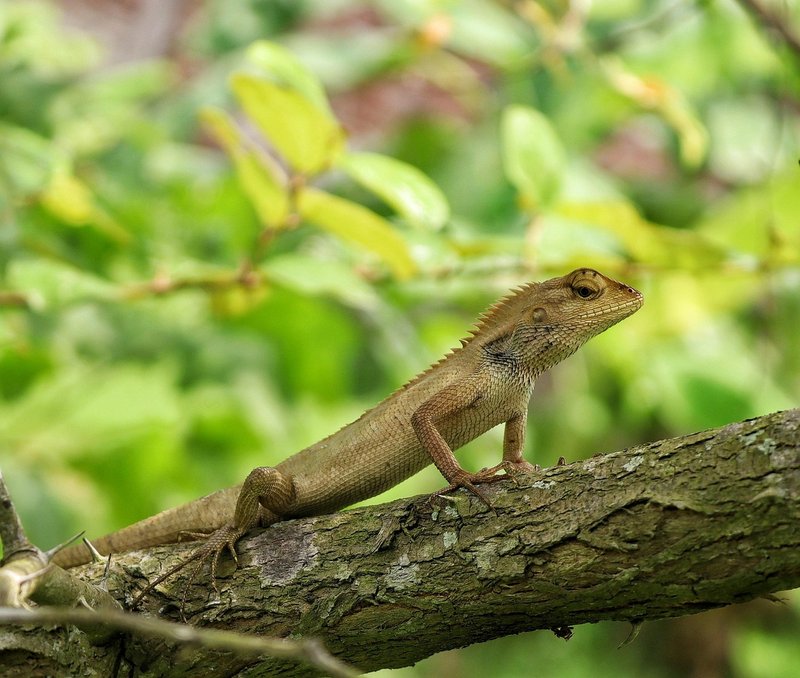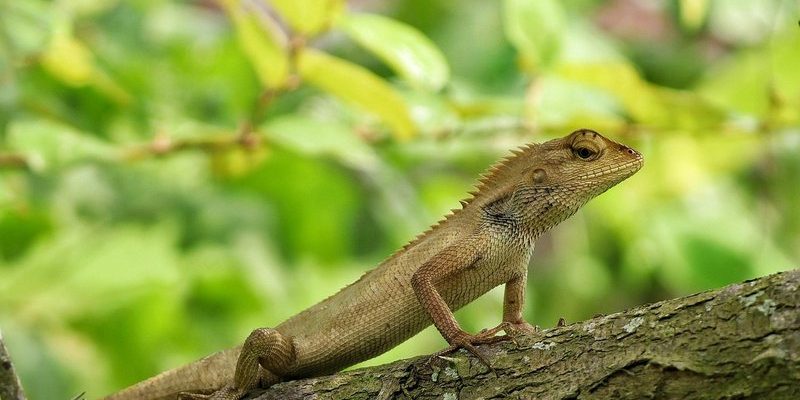
Identifying a lizard isn’t just about spotting it. It’s about paying attention to the details—like its color, size, and behavior. Maybe you’ve stumbled upon a bright green anole or a timid brown skink, and the more you know about these creatures, the easier it becomes to appreciate their uniqueness. So, let’s dive into the fascinating world of lizards and discover how you can identify them in the wild!
Understanding Lizard Anatomy
Before you can identify a lizard, it helps to know a bit about its anatomy. Lizards have some key features that can guide your identification. Most lizards have a long body, a tail, and four legs. But the details matter. For example, their skin can be smooth or rough—some lizards even have bumpy or spiky textures!
Take the coloration of the lizard into account. Some species are boldly patterned, like the intricate stripes of the Eastern Collared Lizard, while others, like the Green Iguana, have solid, vivid colors. You might be wondering, “What does color have to do with identification?” Well, in many cases, it helps you determine the species and sometimes even the lizard’s mood or habitat.
Lastly, look at the lizard’s tail. If it’s long and slender, it might belong to a fence lizard. If it’s more robust or even fat, it could be a type of skink. Remember, the more you know about their anatomy, the easier it is to recognize who’s who in the lizard world!
Common Lizard Types and Their Characteristics
There are countless lizard species roaming the earth, but some are more common than others, and familiarizing yourself with these can make identification much easier. Here are a few you might encounter:
- Anoles: Often seen in backyards, these small, agile lizards are known for their vibrant greens and ability to change color. They love to perch on trees and bushes. If you see a little green lizard doing push-ups, you’ve found an anole!
- Geckos: With their unique vocalizations and sticky toe pads, geckos are nocturnal and often have striking patterns. The Tokay Gecko, for instance, is known for its beautiful colors and loud calls, making it a fun find at night.
- Skinks: These lizards have smooth, shiny bodies and short legs. The Five-lined Skink, with its characteristic stripes, is a great example. You might catch them hiding under rocks or logs.
- Iguanas: Typically larger and often found in tropical areas, iguanas can be surprisingly friendly. The Green Iguana is the most common, easily recognized by its long tail and distinctive dewlap.
Each of these lizard types has its quirks and habits, which you can learn to recognize over time.
Habitat and Behavior: Clues for Identification
One of the best ways to identify a lizard is by observing its habitat and behavior. Lizards tend to stick to certain areas that suit their needs. For example, if you’re near water, you might encounter a water skink, while more arid conditions might bring out desert lizards like horned lizards.
How a lizard behaves can also give you clues. Some, like the Basilisk, can run across water, while others prefer a stealthy approach, relying on camouflage to blend in with their surroundings. Have you ever spotted a lizard darting at lightning speed after a bug? That’s a sign of a quick and agile species, often seen in tree-dwelling lizards.
Do you notice how some lizards enjoy basking in the sun while others seem to hide away in the shade? This behavior can tell you about their preferred temperature and habitat. You might be surprised to learn that understanding these patterns can significantly enhance your ability to identify lizards in the wild.
Using Color and Patterns for Identification
When it comes to identifying lizards, color and patterns are significant. Each species boasts a unique combination that can help you make a positive ID. For example, the vibrant reds and oranges of a Painted Lizard are a telltale sign of its species.
Many lizards also have interesting patterns—some are striped, like the Eastern Garter Lizard, while others sport spots or blotches. When you spot a lizard, take a moment to focus on these details. Are the colors solid, speckled, or striped? How do they change from one part of the body to another?
Here’s the thing: some lizards can change color depending on their environment or mood. Take the Chameleon, famous for its ability to adapt its hue. While lizards like anoles change color for communication or camouflage, they’ll still have a basic color scheme that stays true to their species.
Identifying a lizard in the wild can truly become a fun and rewarding experience. By knowing what to look for—whether it’s their anatomy, habitat, or distinctive colors—you can feel more confident in your lizard-spotting skills. So next time you’re outside and catch a glimpse of a quick little critter, remember to take a moment to observe.
Lizards are more than just a quick flash of color; they each play an important role in our ecosystems and add richness to our natural world. Whether you’re a budding herpetologist or just curious, understanding how to identify these fascinating reptiles opens up a whole new way to enjoy nature. You might even find yourself developing a favorite lizard or two along the way! Happy lizard hunting!

